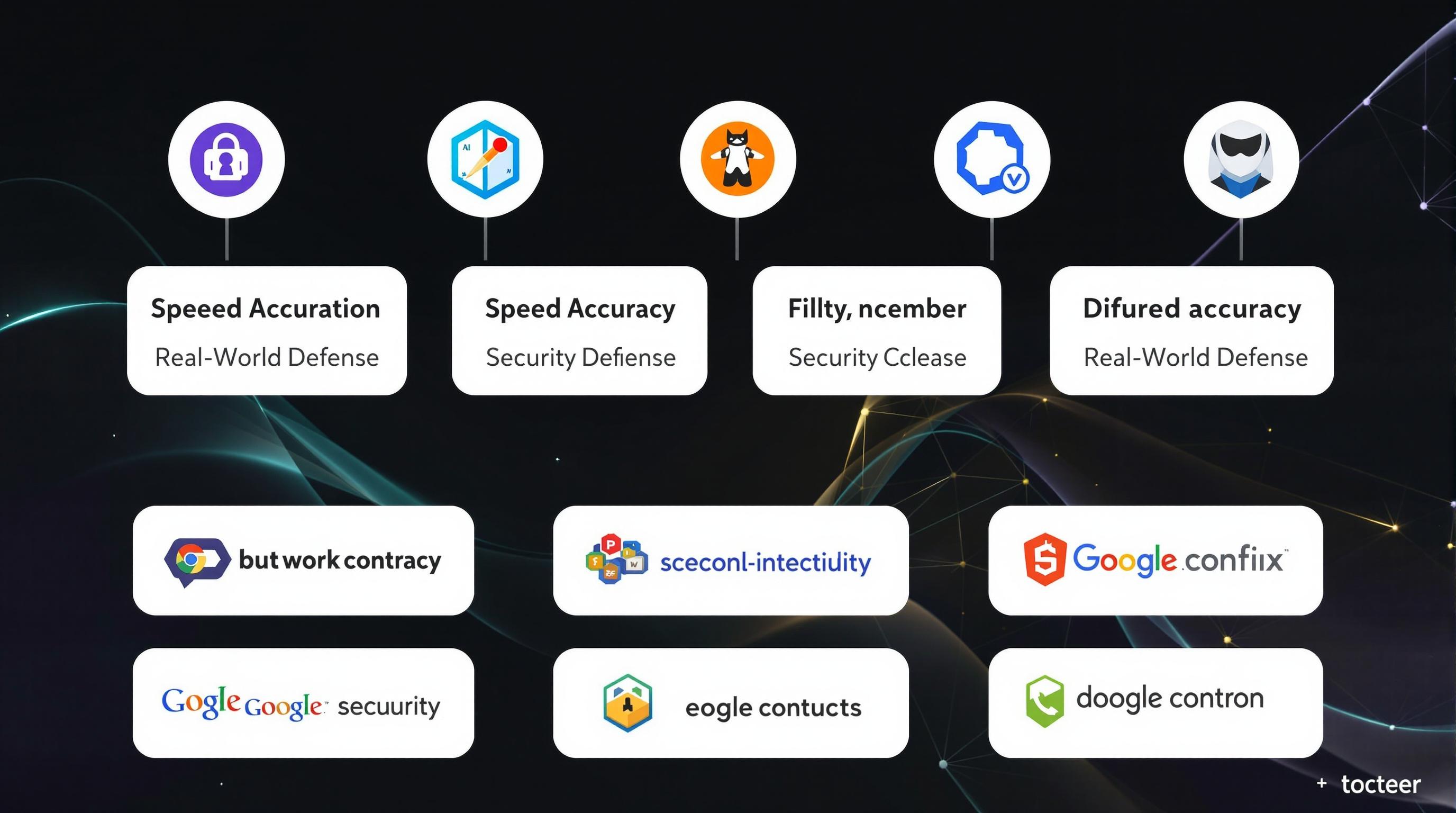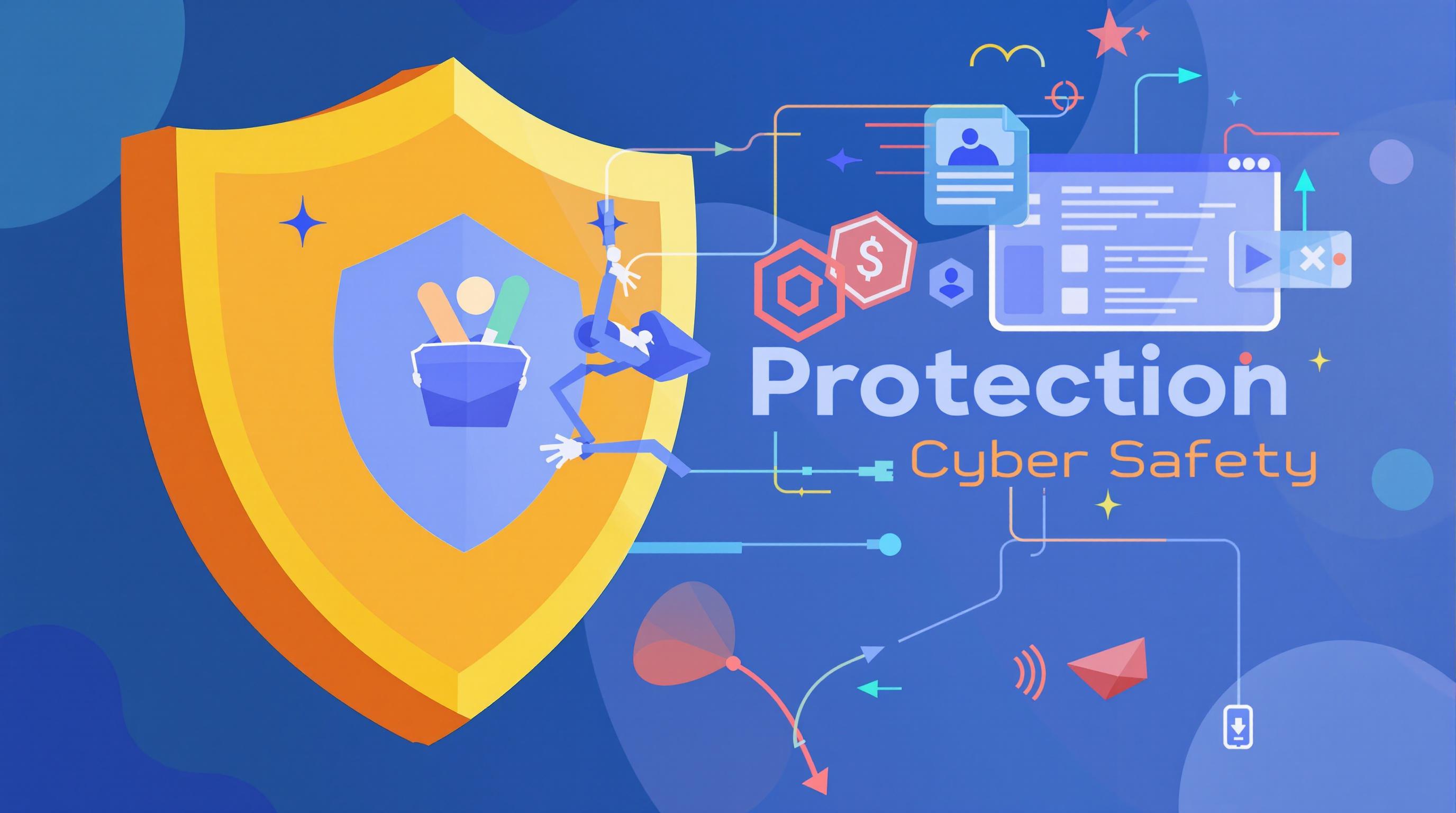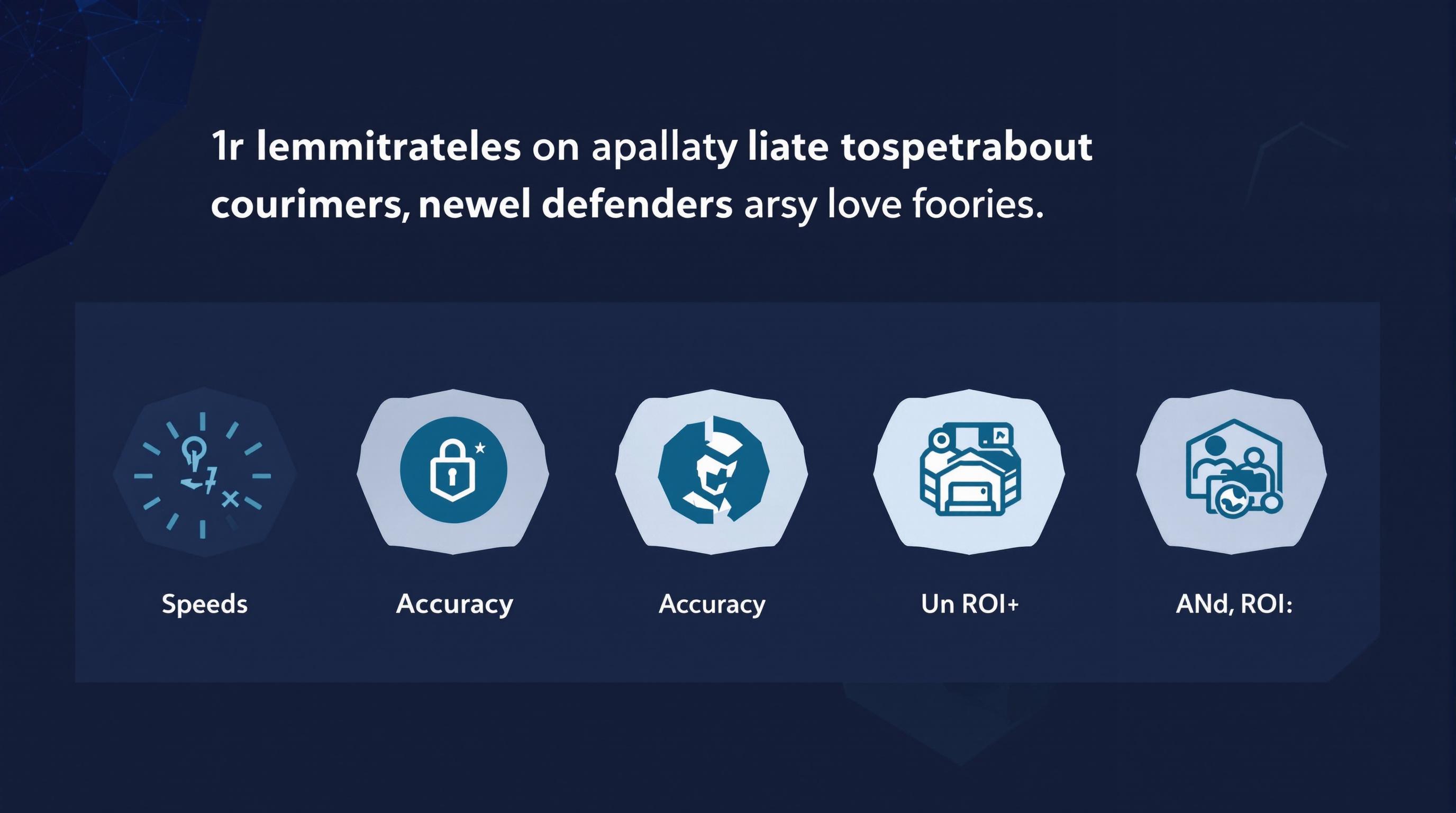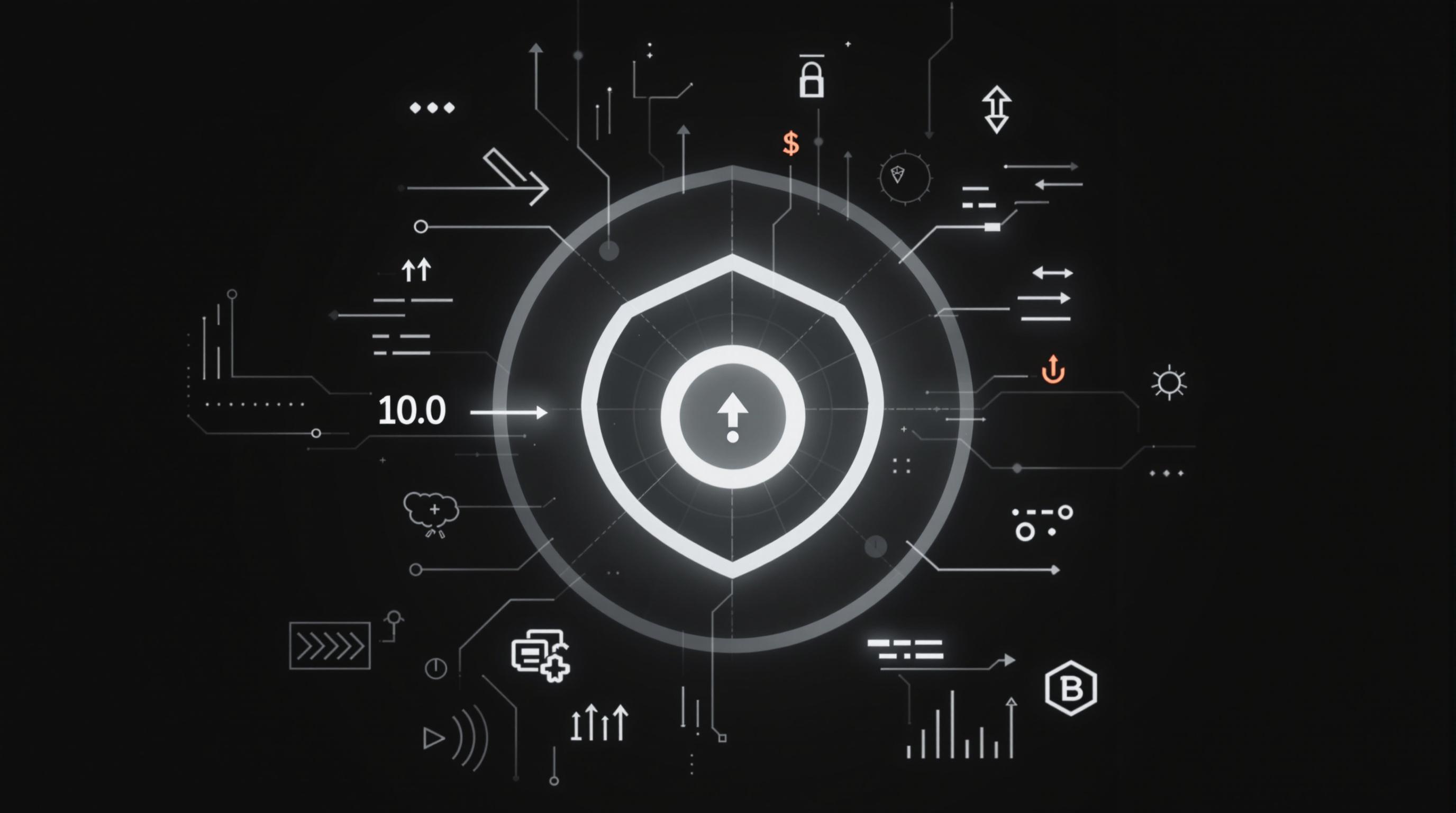Related Articles
- 8 Innovative Password Safes Released Since 2019 Changing How We Protect Our Digital Lives
- Top 6 Revolutionary Password Vaults Debuting Since 2019 That Are Disrupting Cybersecurity Norms
- 7 Innovative Browsers Released Since 2019 That Redefine Online Confidentiality and User Control
- Exploring Psychological Barriers to Adopting Enhanced Mail Safeguards Among Diverse User Groups
- Top 6 Privacy-Focused Browsers Launched Since 2019 That Outsmart Data Trackers Effortlessly
- How Antivirus Software Influences Environmental Footprints: Assessing Energy Use and Electronic Waste Trends
Top 9 AI-Powered Security Suites Released Since 2019: Comparing Speed, Accuracy, and Real-World Defense
Top 9 AI-Powered Security Suites Released Since 2019: Comparing Speed, Accuracy, and Real-World Defense
Top 9 AI-Powered Security Suites Released Since 2019: Comparing Speed, Accuracy, and Real-World Defense
Introduction to AI-Powered Security Suites
In the rapidly evolving digital landscape, cybersecurity has transformed from a reactive discipline to a proactive shield powered by artificial intelligence. Since 2019, a variety of AI-driven security suites have emerged, each promising enhanced protection through machine learning, behavior analysis, and predictive threat detection. The integration of AI allows these suites to learn from new threats and adapt faster than traditional methods.
This article explores the top nine AI-powered security suites released since 2019, examining their performance across three critical dimensions: speed, accuracy, and real-world defense capabilities. By assessing these criteria, we can understand how effectively these tools safeguard users against modern cyber threats.
Understanding the nuances of speed (how quickly threats are detected and neutralized), accuracy (minimizing false positives and negatives), and defense (real-world effectiveness against complex attacks) is crucial for businesses and individuals choosing the right security software. Below, we delve into each suite, providing a comprehensive comparison based on recent independent studies and field reports.
1. CrowdStrike Falcon (Released 2019)
CrowdStrike Falcon burst onto the scene with an AI-powered endpoint protection platform designed to thwart sophisticated attacks. Its cloud-native architecture allows rapid analysis with minimal latency, achieving lightning-fast threat detection and response. The suite’s speed is one of its standout attributes, often cited in independent benchmarks for near-instantaneous scans.
Accuracy has been a hallmark of Falcon, with advanced machine learning models minimizing false positives by contextualizing process behavior. According to AV-TEST, Falcon consistently scores above 98% in detecting zero-day malware without overwhelming users with false alarms. This balance is crucial for maintaining operational continuity.
In terms of real-world defense, Falcon’s proactive threat hunting capabilities and integrated intelligence feed have shown resilience against ransomware campaigns and nation-state attacks. The platform's ability to predict and adapt rapidly makes it a favorite among enterprises requiring constant vigilance.
2. Bitdefender GravityZone Ultra (Released 2020)
Bitdefender’s GravityZone Ultra combines AI and behavioral analytics to deliver a robust, layered security environment. Its hybrid machine learning approach enhances the speed of threat detection, striking a balance between cloud and local processing to reduce response times significantly. This flexibility is key for both endpoint and network protection.
The suite’s accuracy benefits from continuous learning algorithms that adapt to evolving malware tactics. ZenScore tests reveal GravityZone Ultra achieves a detection accuracy rate exceeding 97% with very low false positives, attributable to its multidimensional feature analysis.
GravityZone’s real-world defense extends to automated remediation and rollback capabilities, ensuring that, following an attack, systems can return quickly to their pre-infection state. This proactive containment and recovery approach has earned acclaim in sectors where uptime and data integrity are paramount.
3. Norton 360 with LifeLock (Released 2021)
Norton 360 with LifeLock introduced a comprehensive AI layer for identity theft protection alongside its traditional malware defense. Its speed performance is optimized for consumer devices, allowing quick scans with minimal battery and system impact. The AI algorithms also enhance phishing protection in real time.
The accuracy of detection extends beyond malware to identity threats, with Norton reporting a 99% success rate in preventing fraudulent activities in 2022. User feedback applauds its low false alarm rates, especially in online banking scenarios where precision is critical.
Its real-world defense capabilities shine through the combination of device security and identity monitoring, offering a holistic approach that safeguards users in increasingly interconnected environments. Norton’s integration with LifeLock adds valuable threat intelligence for preemptive alerts.
4. Sophos Intercept X (Released 2019)
Sophos Intercept X leverages deep learning neural networks to identify threats based on subtle behavioral patterns. Its scanning is notably fast, thanks to optimized code and cloud-assisted detections that reduce local resource usage. These optimizations have made it a popular choice for enterprise environments.
The precision of its AI-driven detection has been independently verified by AV-Comparatives, which rated its malware detection accuracy above 98%, with significant reductions in false positives. The suite’s ability to detect file-less malware and exploit techniques is particularly noteworthy.
Practical defense includes active adversary mitigation and signature-less protection, which means Sophos can defend against unknown threats before they make it to databases. Its anti-ransomware features have proven effective in real-world scenarios, securing critical data assets for clients.
5. Microsoft Defender for Endpoint (Enhanced AI since 2020)
Since 2020, Microsoft Defender for Endpoint underwent significant AI enhancements, incorporating Microsoft's vast telemetry data and advanced machine learning to boost detection speed. The AI models operate both in the cloud and on the endpoint device, accelerating response times substantially.
Microsoft’s accuracy improvements are credited to the hyper-scale data training, reducing false positives below industry averages according to recent NSS Labs reports. Its layered behavioral analysis system excels in recognizing polymorphic malware and blended threats.
In practice, Defender’s real-world defense is bolstered by seamless integration across Windows environments and proactive exploit protection. Its automated investigation and remediation tools help enterprises reduce incident response times, fortifying defenses against evolving cyberattacks.
6. CylancePROTECT (Released 2019)
CylancePROTECT introduced AI-powered prevention that emphasizes minimal reliance on signature updates. Its speed advantage is realized through lightweight AI models deployed directly on endpoints, enabling real-time malware blocking without continuous cloud connectivity.
The suite’s AI demonstrates high accuracy through static file analysis and predictive modeling, detecting threats before execution. Comparative tests show a detection rate of approximately 99% for known and unknown malware, with rare false positives enhancing user trust.
Effective real-world defense is highlighted by Cylance’s success in preventing advanced persistent threats (APTs) and zero-day exploits. Its offline capability and low resource consumption make it an attractive option for environments with intermittent internet access.
7. Kaspersky Endpoint Security Cloud (AI Enhancements since 2019)
Kaspersky fortified its Endpoint Security Cloud suite in 2019 by integrating deep neural networks for improved threat detection. The hybrid AI approach accelerates scanning times while maintaining thorough inspection across files and network traffic, optimizing overall speed.
The accuracy remains among the industry's highest, with AV-Test certifying Kaspersky’s detection rates at over 99%. Its AI excels at correlating threat intelligence and detecting evasive malware with minimal false alerts, critical for business continuity.
Real-world defense is enhanced through adaptive heuristics and automatic threat quarantine, allowing swift reaction to emerging threats. The platform’s cloud management console also empowers administrators with real-time insights and rapid mitigation capabilities.
8. McAfee MVISION Endpoint (Released 2020)
McAfee MVISION Endpoint emerged with AI-driven analytics designed to identify complex threat patterns at accelerated speeds. The platform leverages machine learning to automate threat hunting processes, significantly reducing manual intervention and response latency.
Its detection accuracy is recognized by independent evaluations such as SE Labs, which report detection and protection rates above 95% for novel threats. The AI models continuously evolve by learning from global threat data, enhancing precision over time.
In practical situations, MVISION’s real-world defense includes capabilities like real-time behavior blocking, ransomware rollback, and automated containment. These features have proven effective in diverse operational environments, safeguarding sensitive data against sophisticated cyber threats.
9. ESET Protect Advanced (AI Integration since 2019)
ESET Protect Advanced has incorporated AI tools starting in 2019 to enhance its multi-layered defense strategy. This suite accelerates malware detection by combining machine learning with advanced exploit detection mechanisms, reducing time-to-protection considerably.
Its accuracy benefits from continuous AI training on both global threat intelligence and local behavior data, minimizing the frequency of false alarms reported by users during testing phases. Independent assessments corroborate ESET’s strong detection rates for emerging threats.
Real-world defense capabilities extend to phishing protection and IoT security, an increasingly relevant concern. ESET’s ability to adapt to new attack vectors ensures comprehensive protection for modern enterprise ecosystems.
Conclusion: Balancing Speed, Accuracy, and Defense in AI Security Suites
The AI-powered security suites released since 2019 demonstrate significant advancements in all critical dimensions: speed, accuracy, and real-world defense. Each suite incorporates unique AI methodologies, ranging from deep learning to behavioral analytics, to address evolving threat landscapes.
While speed ensures swift threat detection and response, accuracy helps reduce unnecessary disruptions through false positives. Real-world defense confirms that theoretical capabilities effectively translate into protecting users and enterprises from sophisticated attacks. Choosing the right suite depends on specific organizational needs, device environments, and threat profiles.
As AI continues to evolve, so too will the capabilities of these security solutions. Staying informed through independent testing and real-world feedback remains essential. For more detailed analyses and updates, readers are encouraged to consult sources such as AV-TEST, AV-Comparatives, NSS Labs, and SE Labs for ongoing evaluations.




